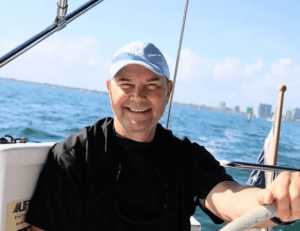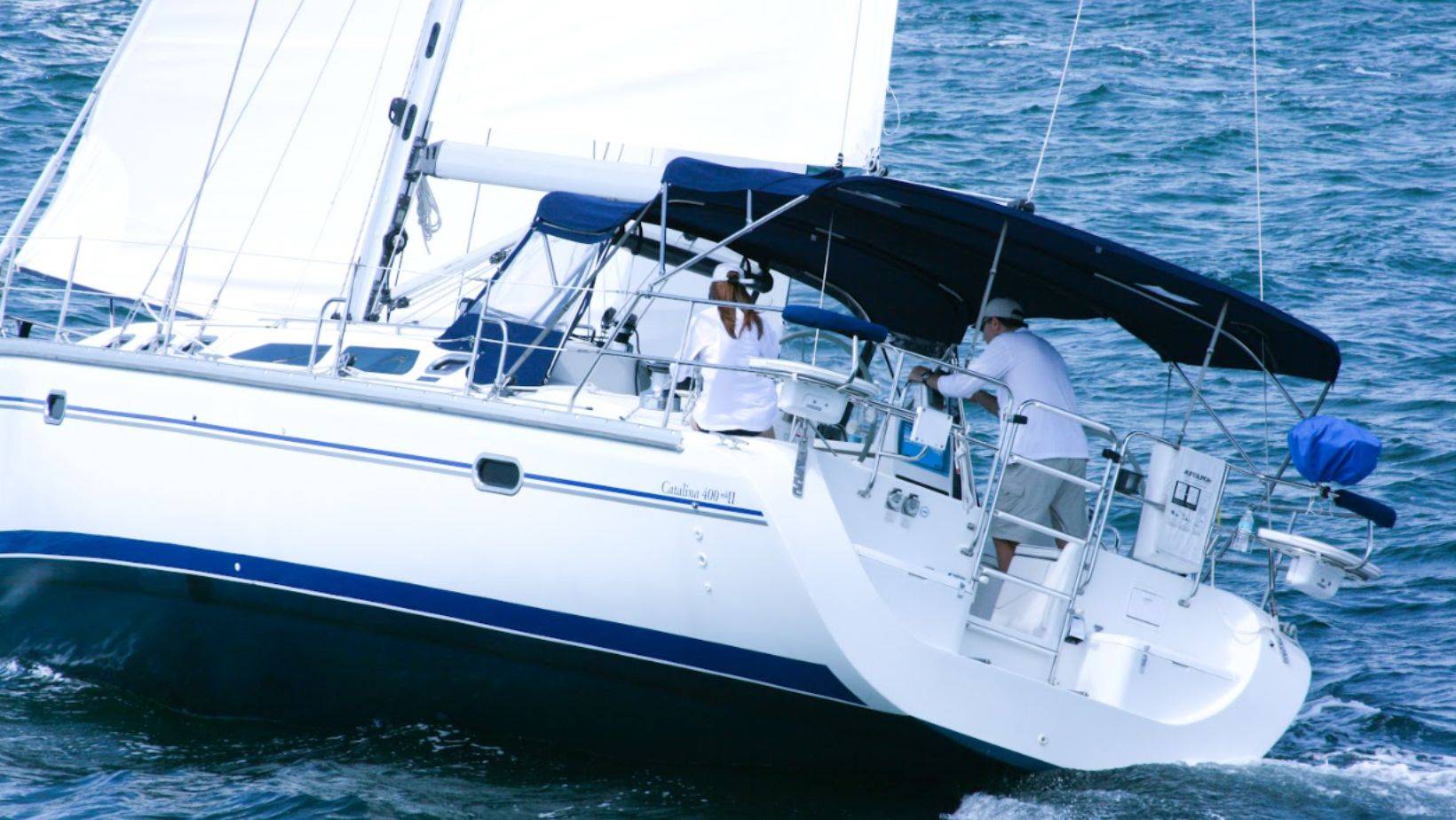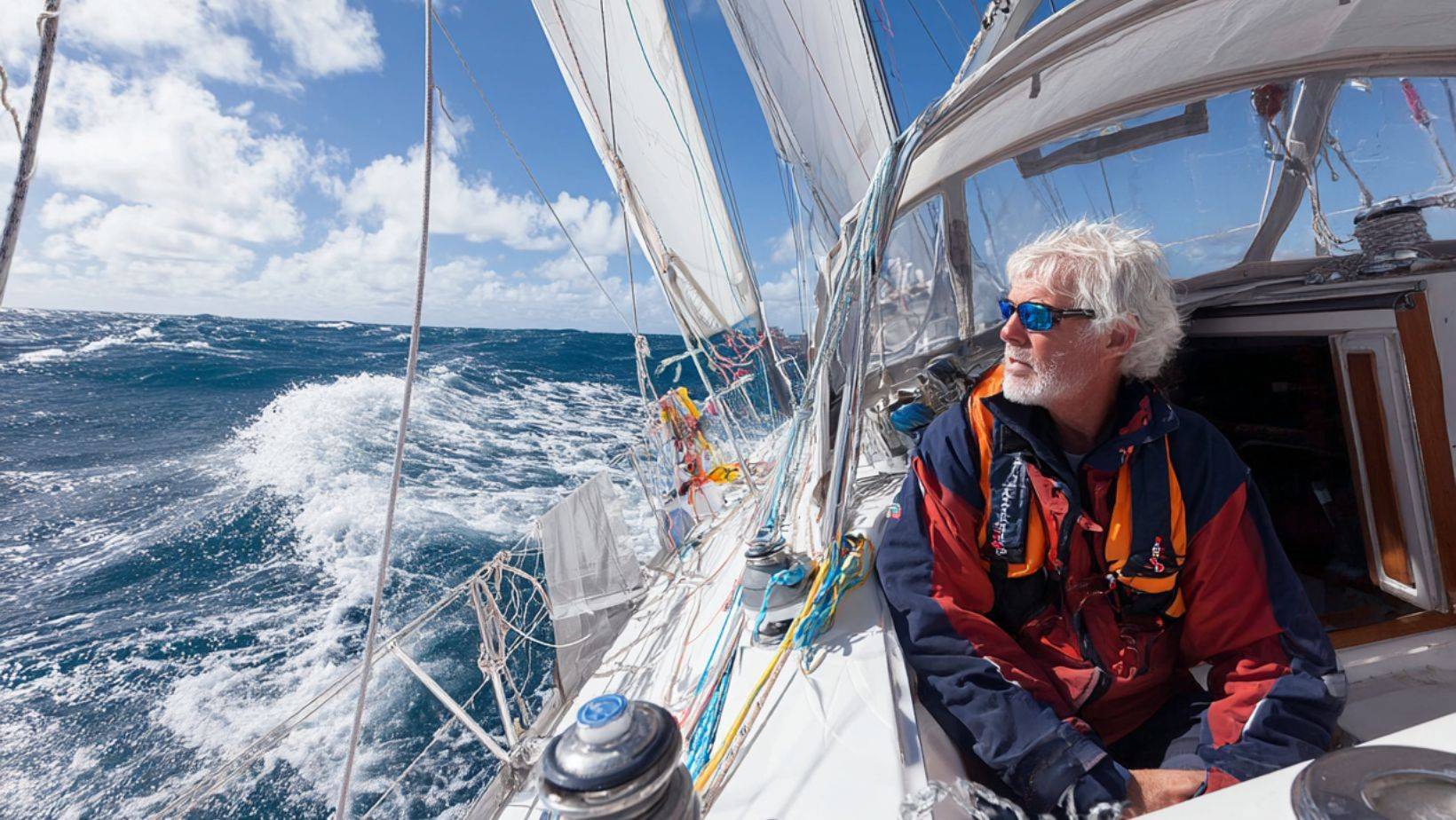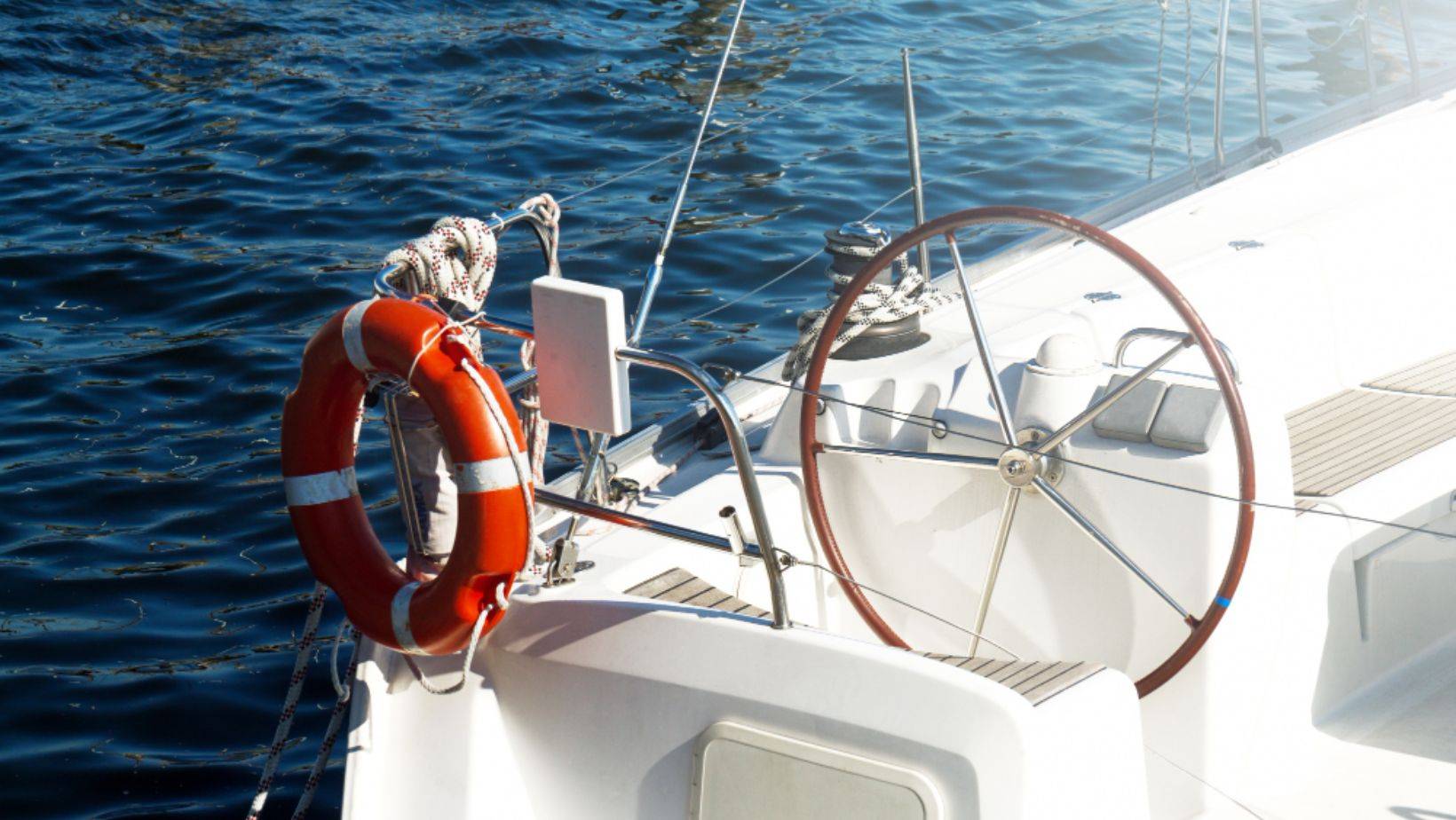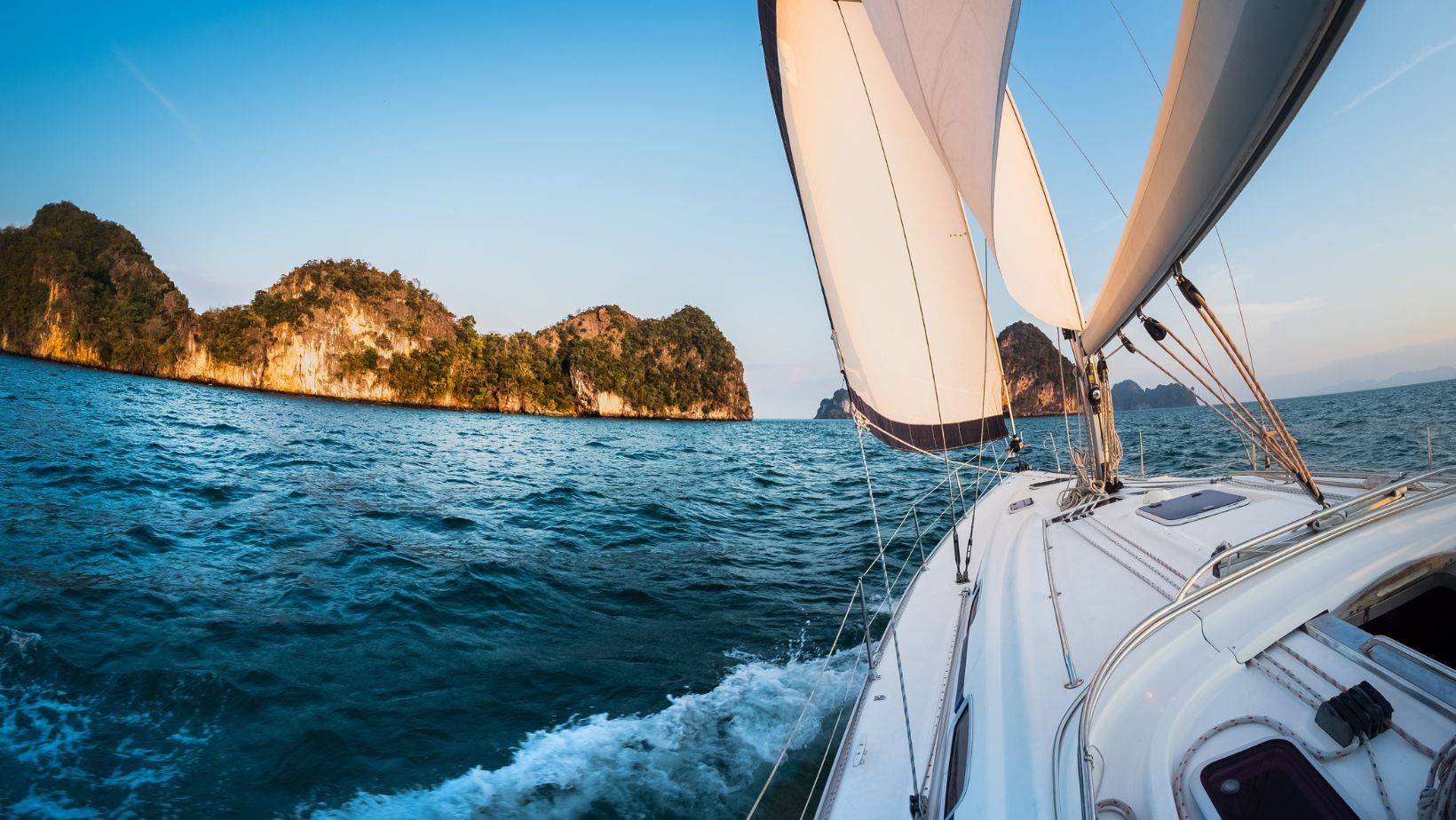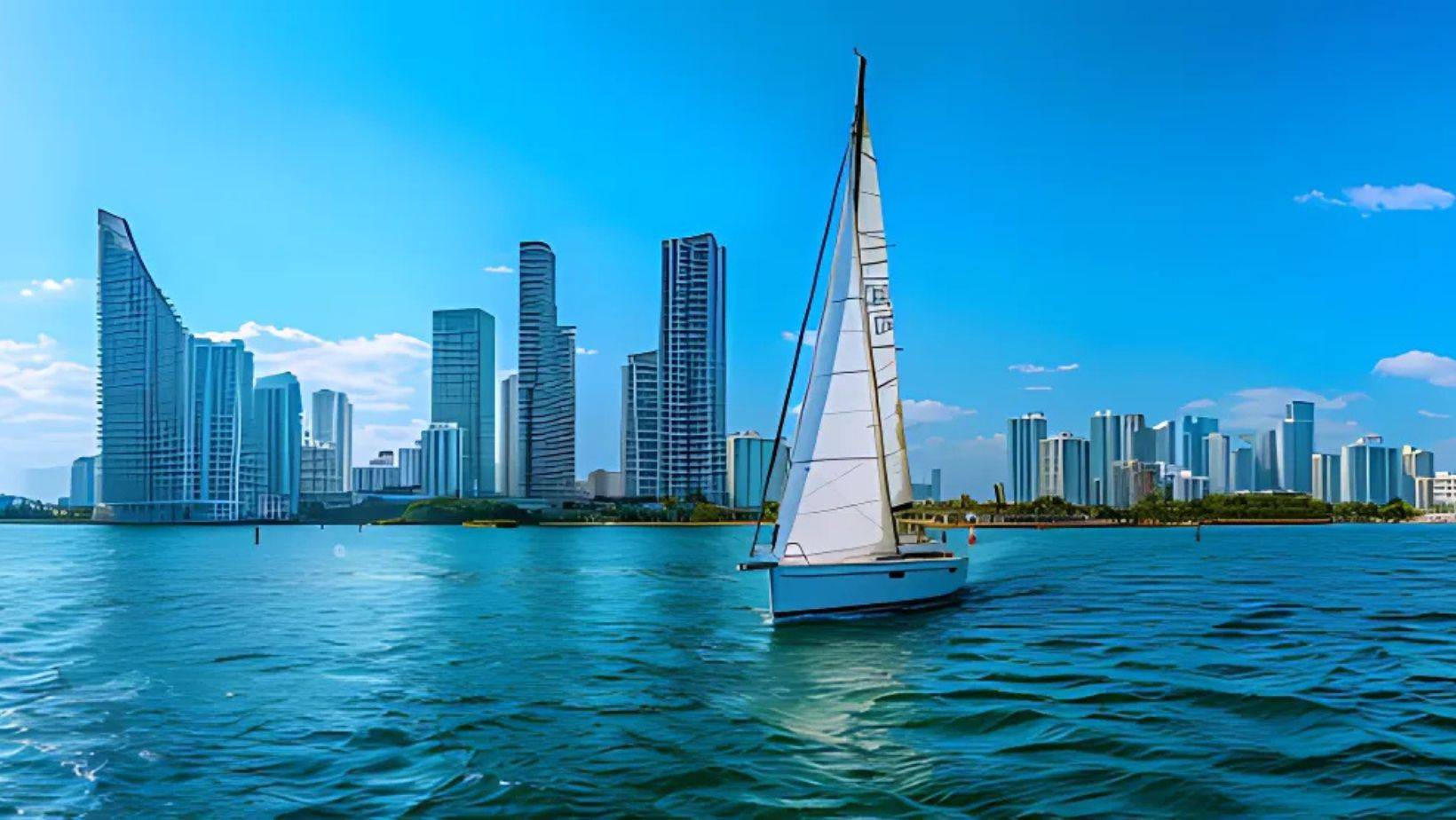What Happened (Short Recap) — and Why We’re Responding To The Biscayne Bay Tragedy
Local reports say a sailboat and a barge collided in Biscayne Bay, resulting in multiple fatalities and three survivors. The U.S. Coast Guard investigation is ongoing, and families are understandably awaiting more information. While investigators determine cause and responsibility, every sailor can use this moment to tighten safety routines, refresh emergency procedures, and practice the skills that prevent accidents.
Capt. Russ Beyer’s Key Point — The Sea Is Always Changing
Capt. Beyer, a veteran sailing instructor on Biscayne Bay, stresses that “every day is different.” Wind shifts, currents, boat handling, traffic, and human factors all play a role. He notes that new sailors often “oversteer or understeer,” and he reminds us to always maintain multiple means of control — sails, rudder, and a reliable auxiliary engine — so you can respond quickly if a powerboat approaches or conditions change.
The Legal & Navigational Framework (Plain Language)
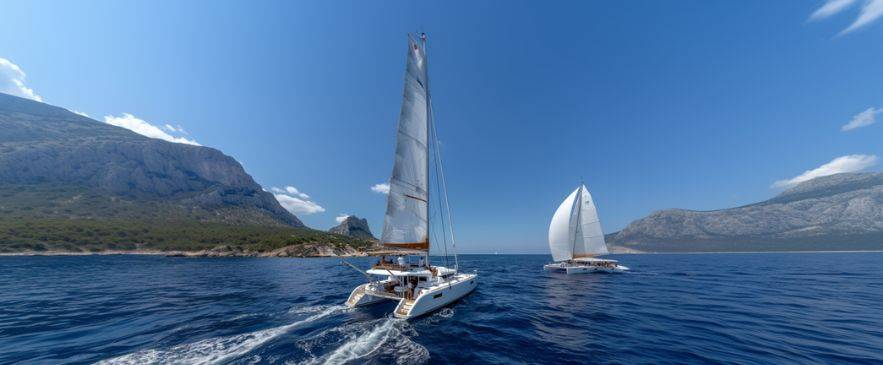
- Right-of-way basics: Under international and U.S. navigation rules, sailboats are usually given the right of way over powerboats in crossing situations — but there are important exceptions.
- Restricted maneuverability & commercial traffic: Some powered vessels, such as tugs with barges or ships engaged in special operations, have limited ability to maneuver. They cannot always give way as easily as a small pleasure craft and must be treated with caution.
- Rule of prudence: Regardless of technical right-of-way, every skipper has a legal and moral duty to take safe action to avoid collision whenever possible.
- Safe practice: As weather, boat characteristics, and traffic congestion are unpredictable — and can affect visibility, equipment, and maneuvering limits — it’s safest to always maintain a proper lookout and be ready to act early and decisively.
12 Concrete Safety Actions Every Sailor Should Adopt Today
- Give a pre-departure briefing & file a float plan: Assign crew duties, confirm everyone has a properly fitted life jacket, and share your intended route, contact info, and estimated return time with a trusted shore contact.
- Require life jackets for children: Kids should wear U.S. Coast Guard–approved PFDs at all times on deck. Use harnesses in rough conditions.
- Assign a dedicated lookout: Don’t rely on the helmsperson alone for traffic awareness, especially when children are aboard.
- Check engine readiness: Confirm the auxiliary engine starts reliably, the throttle responds, and batteries are charged. Test both at the dock and underway.
- Practice emergency maneuvers: Rehearse switching from sail to motor, dousing sails quickly, and executing man-overboard or crash-turn drills.
- Maintain two means of control: Always have both rudder and motor (or drogues if offshore). Know how effective your rudder will be at different boat speeds.
- Use proper VHF & voice procedures: Monitor Channel 16, practice short and clear radio hails, and use DSC if equipped. If collision risk exists, repeat hails and use sound signals.
- Stay electronically aware: If possible, carry AIS and a radar reflector. Keep a sharp visual lookout for large commercial traffic and give them wide clearance.
- Establish and rehearse a man-overboard plan: Assign roles — who points, who throws flotation, who maneuvers — and practice until it’s second nature.
- Carry essential safety gear: At minimum: throwable flotation, heaving line, first-aid/trauma kit, handheld VHF, flares, a PLB or EPIRB, and a charged phone in a waterproof case.
- Limit passengers in busy waters: In narrow approaches, shipping channels, or barge areas, reduce distractions and keep crew numbers manageable.
- Document incidents carefully: If an accident occurs, record times, headings, and conditions, take photos, collect witness details, and report promptly to 911 and the Coast Guard.
What to Do in an Imminent Collision
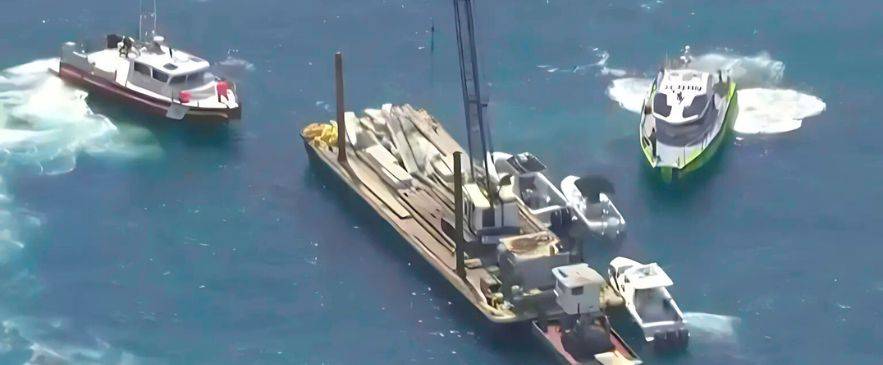
- Sound five short (1–2 second) warning blasts and call the approaching vessel on VHF if time permits.
- Make a quick, decisive maneuver you’ve practiced: steer to pass astern of the other vessel, ease the sails while turning into the wind to slow or stop, or apply full astern under power.
- Ensure everyone wears a life jacket and ready a throwable device.
- Afterward: render assistance if safe, call 911 and the Coast Guard, and preserve the scene for investigators.
Crew Training & Preparation — Beyond the Checklist
- Run frequent drills with your crew and guests: practice lowering sails, restarting engines, man-overboard recovery, and fire response.
- Teach children clear safety roles (stay seated on the windward side with a life jacket unless instructed; know the muster point).
- Take a collision-avoidance clinic: focus on right-of-way nuances with commercial vessels and barges; practice close-quarters sail handling in shifting winds.
How Miami Sailing School ™ Can Help
At Miami Sailing School ™ we provide hands-on, scenario-based training focused on real-world risks in Biscayne Bay, including:
- Powered/sail interaction drills (maneuvering near commercial traffic)
- Emergency procedure workshops (engine failure, collision avoidance, man-overboard)
- Family & kids’ safety sessions (proper PFD fit, lookout roles, cockpit practices)
- Refresher courses for licensed skippers practicing power/sail transitions and high-pressure decision-making
If your crew includes children or inexperienced sailors, consider booking a private safety session where we tailor drills to your boat and typical cruising areas.
Final Note to the Community
Tragic accidents expose vulnerabilities in training, equipment, and routine. They also remind us that being a responsible skipper means more than following right-of-way rules — it means preparing for the unpredictable, training your crew, and always keeping safety the top priority. Capt. Beyer’s reminder that conditions and boat handling vary every day should push all of us to practice the skills and controls we hope never to use.

